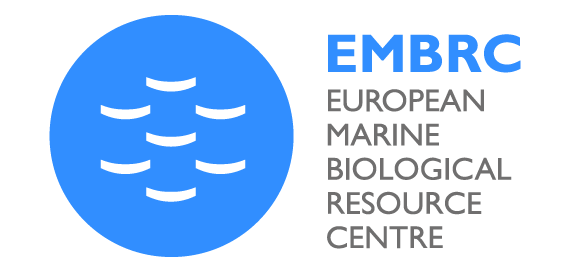The 14 European Life Science Research Infrastructures (LS-RIs) support cutting-edge science by offering European scientists from academia and industry access to their resources and services.
The LS-RIs are pan-European organisations with multiple institutes located in different European countries (i.e. distributed RIs). Each LS-RI consists of a hub and national nodes. The hub is the coordinating unit of the RI where the core management team is based and the national nodes host facilities such as research institutes. These nodes are the service providers as the offered technologies and expertise are based there.
RIs offer access to their facilities, technologies and expertise to researchers from academia and industry. These services can simply be consultation, access to experts, but also access to data or biological/chemical samples, animal models, use of data analysis tools, access to facilities (e.g. highly specialised microscopes, molecular screening centres) plus support from technicians and much more.
Find out more about the LSRIs listed below and explore the service catalogue to discover which ones can best support your work.
What can the LS-RIs do for you? Watch our Video!
Watch the video below to learn about each of the 14 Life Science Research Infrastructures (LS-RIs) and see what they offer the research community.
Common RI queries
What is a research infrastructure?
A research infrastructure is an organization that enables the research community to use specific facilities, resources and services in order to accelerate scientific achievements and promote sustainable research.
Why do we need European research infrastructures?
Research infrastructures are an elegant solution to make science more effective and sustainable in the complex European backdrop of interactions among nation states. They enable an organised, fair and transparent system to share knowledge and resources, and in doing so, they contribute to the pooling of data, facilities and equipment, thereby avoiding unnecessary duplication of efforts.
By making high-quality facilities, resources and services available to everyone, research infrastructures ensure that science is driven by excellence and not by the research capacity of individual countries, economic sectors, or institutions. They also ensure that this excellence is aimed at solving bottlenecks, pushing forward the frontiers of scientific disciplines, and enabling transformative technological development.













